Three decades on, 'new age freedom fighters' fuel Indian-held Kashmir conflict
Social media has transformed the freedom movement in Kashmir
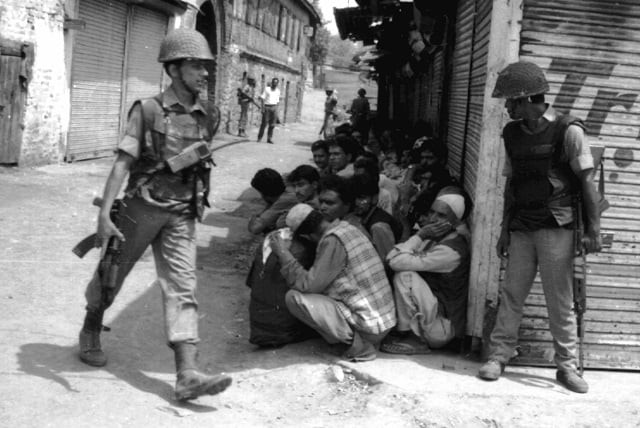
This photograph taken in 1993 shows Indian Border Security Forces (BSF) gathering Kashmiri men to check identification during a raid on suspected militants in Srinagar. PHOTO: AFP
The explosion at the Srinagar Telegraph office doorway on July 31, 1988 caused no casualties but lit the fuse on a conflict that rights groups say has since left more than 70,000 dead.
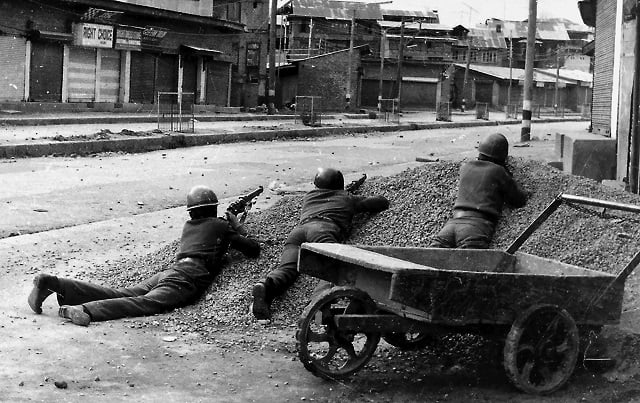 This photograph taken in 1989 shows Indian policemen taking positions after Kashmiri freedom fighters open fire on occupied forces in the old city area of Naid Kadal in Srinagar. PHOTO: AFP
This photograph taken in 1989 shows Indian policemen taking positions after Kashmiri freedom fighters open fire on occupied forces in the old city area of Naid Kadal in Srinagar. PHOTO: AFPPublic support for the act surprised the attackers and India, which has struggled in Kashmir ever since it was divided with rival Pakistan in 1947 in the turmoil of independence.
But while Kashmir remains one of the world's most heavily militarised zones, the 500,000-plus Indian troops in Kashmir are now also fighting a social media war.
AJK-wide protests over held-Kashmir carnage
Hundreds of young men post images of themselves with AK47 guns on Facebook and other social media sites after joining the freedom fighters cause, seeking to build large, sympathetic followings and attract new recruits.
When the Indian army surrounds militant hideouts, they are often impeded by crowds of civilians rallying to the freedom fighters cause, ready to risk their lives in a hail of bullets.
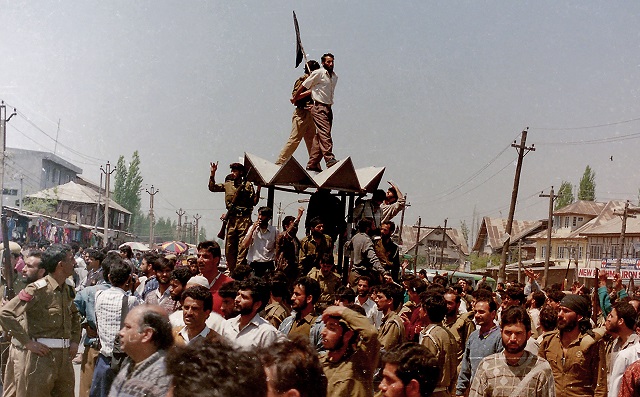 PHOTO: AFP
PHOTO: AFPIndian police respond by hauling in people who make pro-freedom movement social media comments and by blocking mobile internet during demonstrations. Social media sites were blocked for a month last year.
Abdul Ahad Waza, 50, who clandestinely organised some of the first groups to get arms training in Azad Jammu and Kashmir (AJK), said the Jammu Kashmir Liberation Front (JKLF), which planted the first bomb, had not expected such support.
"All we wanted was to let the world know that Indian rule of Kashmir was not acceptable," Waza, who spent 11 years in jail, said. He now lives a quiet life with his wife and two children.
"That explosion in Srinagar quickly turned into an explosion of public support for our cause."
Waza said "new age freedom movements" was now carrying on the fight.
A case in point is Manan Wani, a PhD scholar who went missing in January having abandoned geology research at an Indian university to join the Hizbul Mujahedeen group.
In a recent letter sent to Kashmir media justifying his move, Wani said: "There was a time when the fight was between an armed freedom fighter and a thousand Indian troopers but now Indian army has to get through thousands of unarmed freedom fighters before getting the gunman.
"The people who come to rescue the fighters at encounter sites, unarmed, without caring about their lives give us an idea about the aspirations and emotions of the people."
For more than a decade after the 1988 bomb, Kashmir convulsed with street protests. An Indian military crackdown left tens of thousands dead, mainly civilians.
Freedom fighters say they want independence or a merger with Pakistan.
The JKLF ended its armed struggle in 1994. But other armed groups with thousands of fighters took their place. Indian peace initiatives and a 2001 India-Pakistan summit on Kashmir failed.
Leaders call for inter-sect harmony in Kashmir
Kashmiris then turned to peaceful self-determination protests that brought hundreds of thousands of people onto the streets between 2008 and 2010. Another 300 civilians were killed as security forces countered the protests.
The rebellion seemed to be waning when in July 2016, Indian troops killed a renowned militant commander. The death of 23-year-old Burhan Wani, who had built up a big following on social media, acted as a new fuse.
Now Indian troops find entire communities at the scenes of their sieges of rebel hideouts, hurling stones at soldiers to help freedom fighters escape.
According to D S Hooda, a retired lieutenant general who served in Kashmir for more than two decades, it is this public anger that is now the real "challenge" for the government.
"This fighting is not a problem. Civilian killings, and this confrontation, sustains a vicious cycle. Social media is reinforcing hardened views and positions," Hooda said.
"The middle ground has disappeared."
Wani's death sparked months of protests that left nearly 100 dead and at least 10,000 injured. Some 500 militants have been killed across the territory since 2016.
Plight of Kashmiri people must not fall on deaf ears: Abdul Qayyum
A top police officer, part of the Indian counterinsurgency campaign for many years, said it is "infinitely more difficult" for India now than at any time in the past.
"People coming to rescue freedom fighters is a huge new development. None of it is planned or orchestrated, it's all spontaneous," the former police officer said on condition of anonymity.
The mood on the street is also hardening.
"It feels like we're back to the '90s, even worse. What we have seen and what has been done to us, it is now a point of no return," said Bashir Ahmed, a businessman.

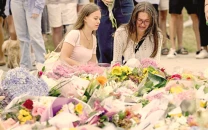
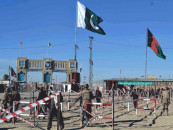


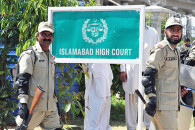
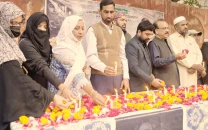












COMMENTS
Comments are moderated and generally will be posted if they are on-topic and not abusive.
For more information, please see our Comments FAQ